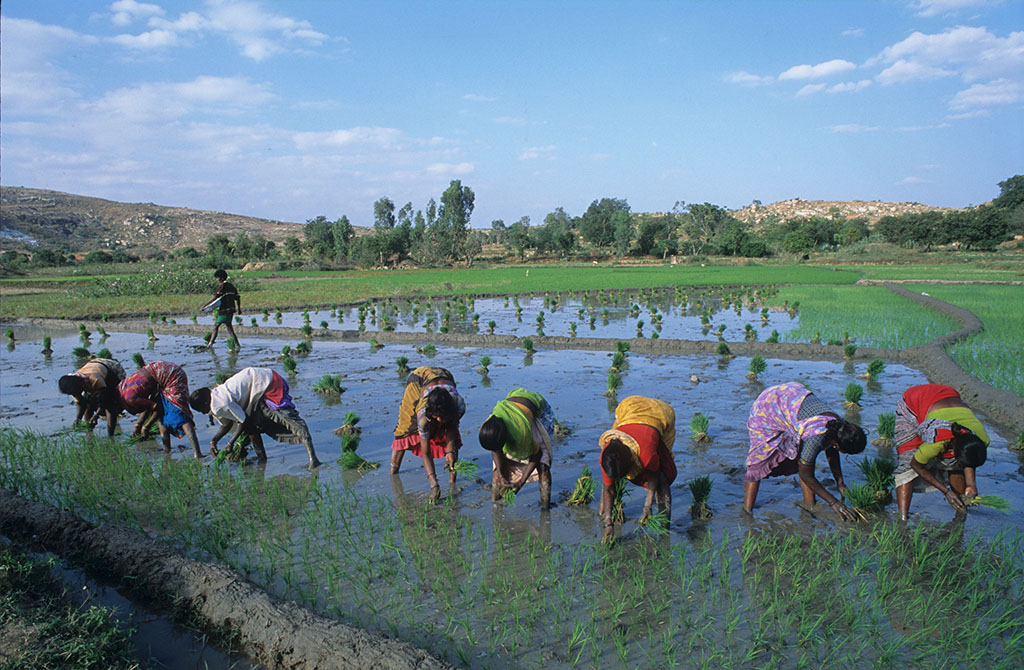Indian Agricultural Development Has Provided Opportunities for Deepening Agricultural Cooperation between China and India
Oct 21,2016

By Jin Sanlin, Zhou Qunli, DRC & Chu Xueling, International Economic Cooperation Center of Ministry of Agriculture
India has the largest number of agricultural labor force in the world with the biggest acreage and best quality of farmland in Asia, as well as most favorable conditions for agricultural development. It is suggested that agricultural cooperation between China and India should be taken as a major part in establishing a closer partnership between the two countries for further cooperation.
1. Indian agriculture has entered a swift development stage. The Indian government attaches great importance to agricultural development and food security, and grain and beans output have increased than expected; Indian economy, population and urbanization all boast much room for growth, and there is a great potential in its demand for agricultural products; Indian agriculture will maintain a relatively sound growth for a relatively longer period.
2. India shows strong willingness towards deepening bilateral agricultural cooperation with China. First, it hopes to expand the trade volume of respective advantageous agricultural products, including the import of plant products with high protein content, and more export of animal products, cotton, sugar cane and other crops; second, it hopes to enhance industrial cooperation like agricultural machinery, chemical fertilizer and food processing so as to meet the demands of small-sized agricultural machinery, increased fertilizer application and food processing industry at home, and India takes a positive attitude toward the introduction of foreign capital; third, India hopes to draw experience from China’s modern agricultural development and poverty reduction in rural areas; forth, it hopes to make joint efforts with China to maintain world food security and a stable performance in global agricultural product market, and to push forward the reform of international food security governance system.
3. Some policy options for deepening agricultural cooperation between China and India. First, bilateral agricultural product trade should be enhanced. The export volume of beans and the import of livestock and poultry need to be enlarged, and inspection and quarantine consultations need to be accelerated; second, industrial cooperation relating to agriculture of various forms need to be encouraged. The Five-Year Plan of Economic and Trade Cooperation between China and India has put forward a systematic industrial cooperation plan, which indicates that agricultural supply chain facilities would be incorporated into China-Myanmar-Bangladesh-India Economic Corridor initiative for common progress; third, bilateral and multilateral agricultural consultations need to be strengthened, and a regular and normalized exchange mechanism between heads of governments and agricultural department need to be established to intensify consultations in light of global and regional food security governance system and other major issues; forth, the knowledge sharing relating to agricultural development and poverty reduction in rural areas needs to be improved, and cooperation of think tanks as well as the construction of platforms for dialogues and exchanges need to be enhanced.














